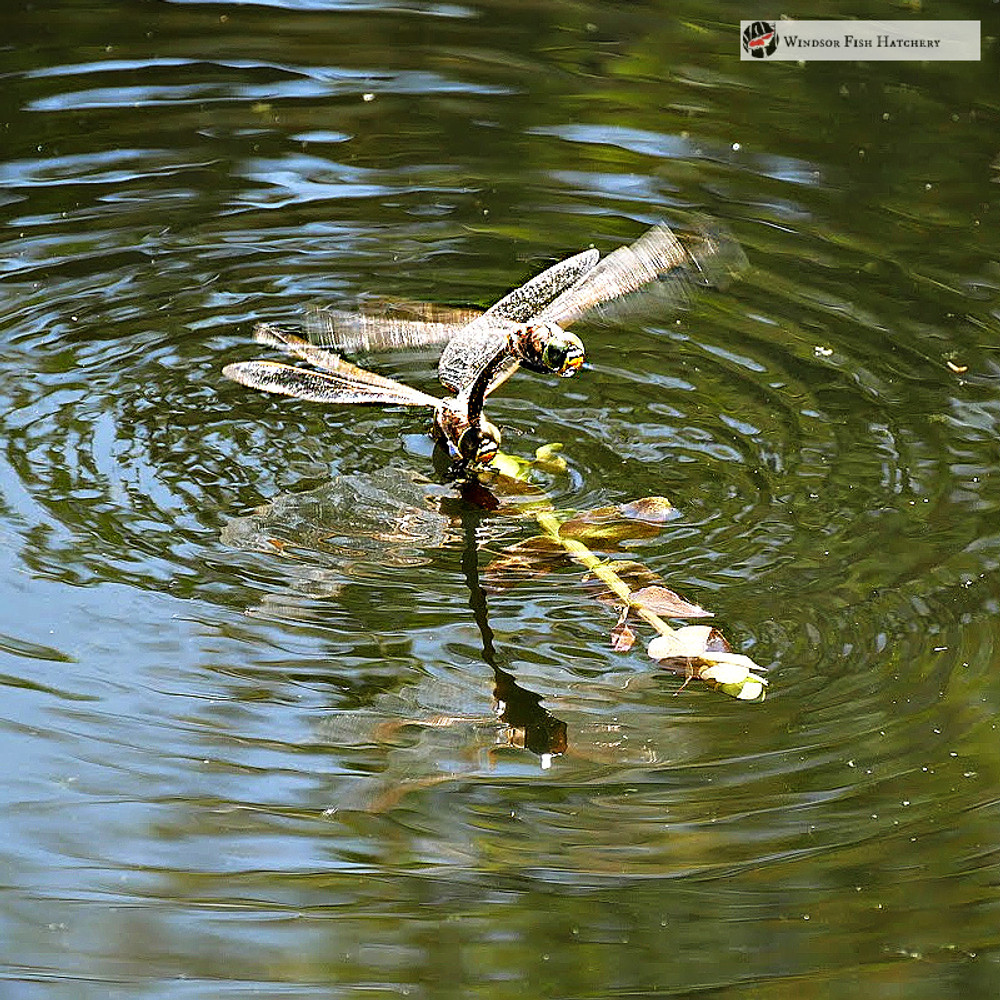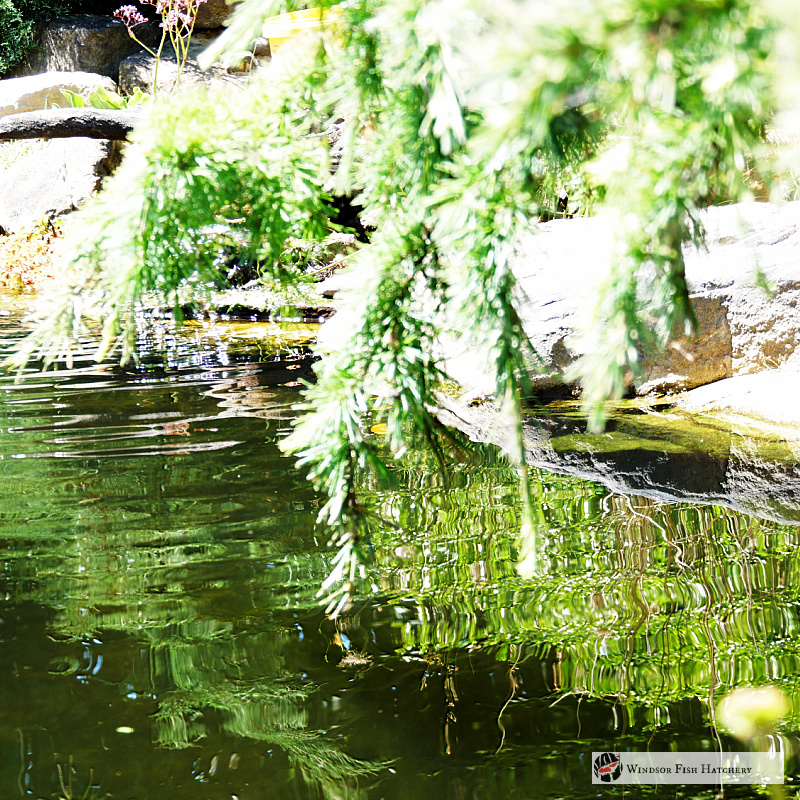
It is best to wait three days after filling the new pond before adding your koi or goldfish to the pond.
Until the new pond's bacteria have had a chance to establish themselves in the filter, add a small number of fish to the pond, since the aquarium is a much smaller body of water only add one goldfish at a time.
Check the quality of the water in your pond, with a test kit. Initial tests should focus on pH and ammonia levels. Several aspects of water quality and water chemistry are affected by the pH of your water. See blog how to test freshwater quality
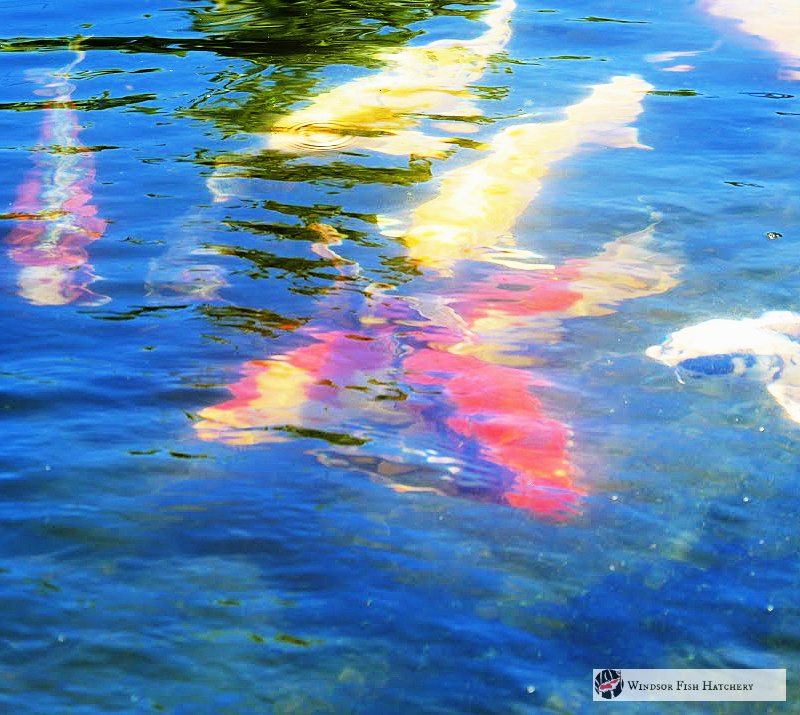
Stocking Rates
In ponds up to 1000 liters in size, stock light up to 5 koi fish , add 1 more for 2,000 and so on.
In Aquariums 3 foot (120 liters) should be the minimum size for keeping goldfish. You can stock up to 3 goldfish add 1 for every extra foot on your aquarium.
The more fish you stock in a new pond the more maintenance you will need to do in the form of testing the water and water changes.
Add pool salt, 1kg to every 2000 liters, this naturally builds body slime on your fish which helps them deal with the stress of a new environment.
If you already have larger fish, or a lot of fish you can add them to the pond, but you must monitor the water parameters daily. Seed you new pond with some of the filter material out of the pond the fish came out of to get a head start on beneficial bacteria
You will need to do water changes based on the test readings. No more than 50% of the water at any one time.
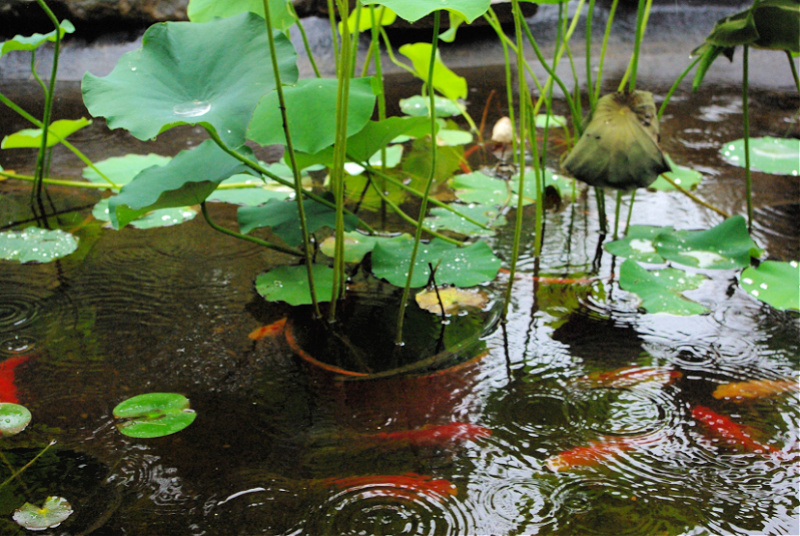
Fish pond requirements
While the filter is maturing the ammonia and pH should be carefully monitored, with a test kit. This is easy to do using a test kit if it old or has been left in sun are not very accurate.
pH for koi or goldfish should be above 7.6 to 8 neutral on some kits that shows as a colour normally blue.
If the colour is yellow or orange showing the pH to be low (acid) this is not suitable for koi and goldfish do a water change of around 30%.
Reasons why the pH can be low is the water you are using to fill the pond, Rain water is acid, so tank water will be low pH and you will need to add a product to increase the pH. Bore water can be either. Test your water source.
Concrete tanks with rain water are normally a very good pH.Tap water is normally the correct pH, check this with your test kit.
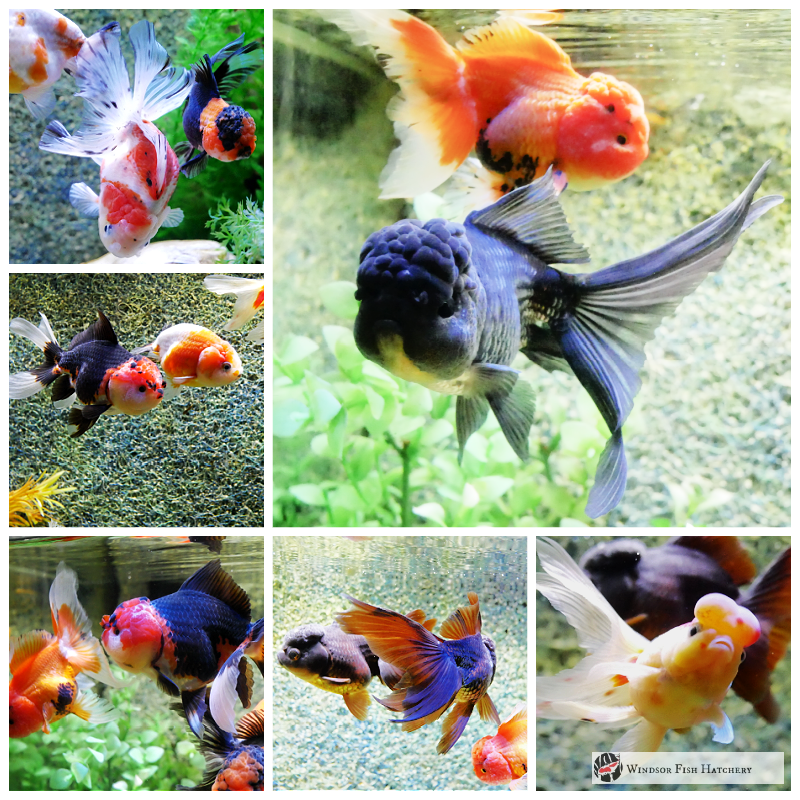
Don't forget if you are using tap water add water ager, even if there is no fish in the pond yet, not adding water ager will kill the good bacteria.
Ammonia reading zero on most test kit charts shows as yellow.
If your reading is the next colour up on the test kit result chart from the yellow to orange or green then do a 20% water change, add 10% to the water change for each degree the colour is up from the yellow up to 50% of the water only.
In a well established pond, where the bacteria in the filter receives an adequate supply of oxygen rich water, the levels of ammonia should never reach toxic levels. This is not the case if the pond and filter have recently been cleaned, or the filter replaced.
When the filter has just been cleaned or is new, there are to few bacteria present to complete each stage of the nitrogen cycle and toxic levels can occur. In the case of a new filter you should not be cleaning it at least for the first two months, for older and newer filters cleaning with the pond water instead of tap water will see most of the bacteria survive.
The bacteria in a new filter may take 4-8 weeks to fully establish( depending largely on the water temperature), although this time can be greatly reduced by seeding the filter with live bacteria
Test the pH in your water weekly & every 3rd day for the ammonia in the first three weeks.
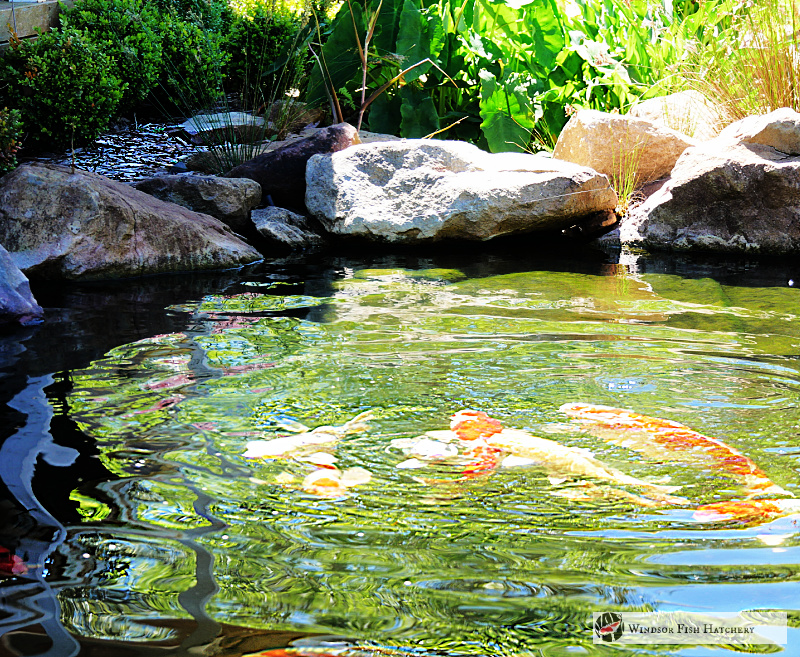
Koi food, Goldfish food
Once the fish go into the pond, feed the fish very lightly for the next few months. Excess food will cause ammonia.
Best koi and goldfish food is a high quality food, which wont foul the water. Use a floating pellet so you can scoop out excess with a net. Using a floating food will also allow you to see the fish and check for all developing issues.
We have a new food that we use and have been very impressed with the results Hikari Saki balance there is a very small pellet for goldfish that is sinking for aquariums and a medium size floating pellet for koi fish. The food has added probiotics which really makes a difference to the amount of waste thats produced and the amount of nutrients absorbed by the fish. Less waste is perfect for new ponds & aquariums. Less of a load on the low amount of beneficial bacteria.
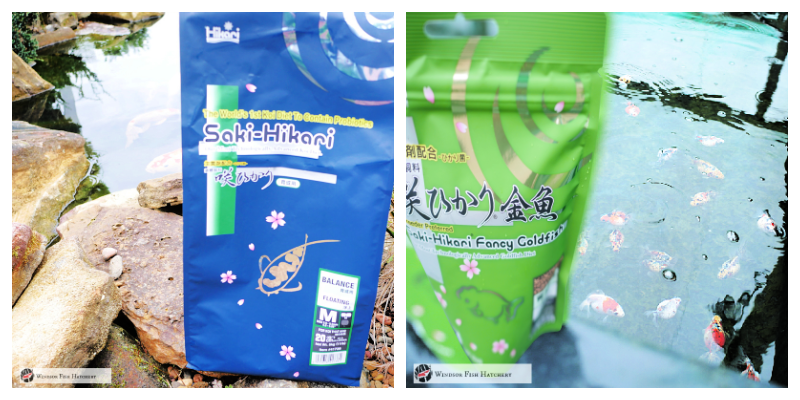
In a new pond don't clean the filter till the pressure in the water coming from the filter outlet goes down. If you have a fountain connected to the filter pump or water fall, when the water pressure goes down, that's when you need to clean the filter.
When cleaning a filter always use water from the pond in a bucket and not the tap water, so you are not killing the good live bacteria.
To speed up the process add a waterfall, or 2nd pump for extra oxygen, this helps breakdown toxins and builds good bacteria.
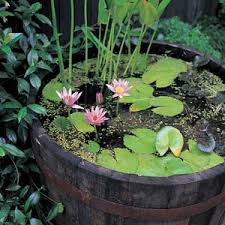
Add any other fish over weeks and months, test for ammonia & do water changes when needed.
Trim water plants as needed of any dead leaves.
Net out bottom of pond debris from overhanging trees etc.
Windsor fish hatchery established in 1984 Selling and breeding Koi for sale, goldfish for sale

